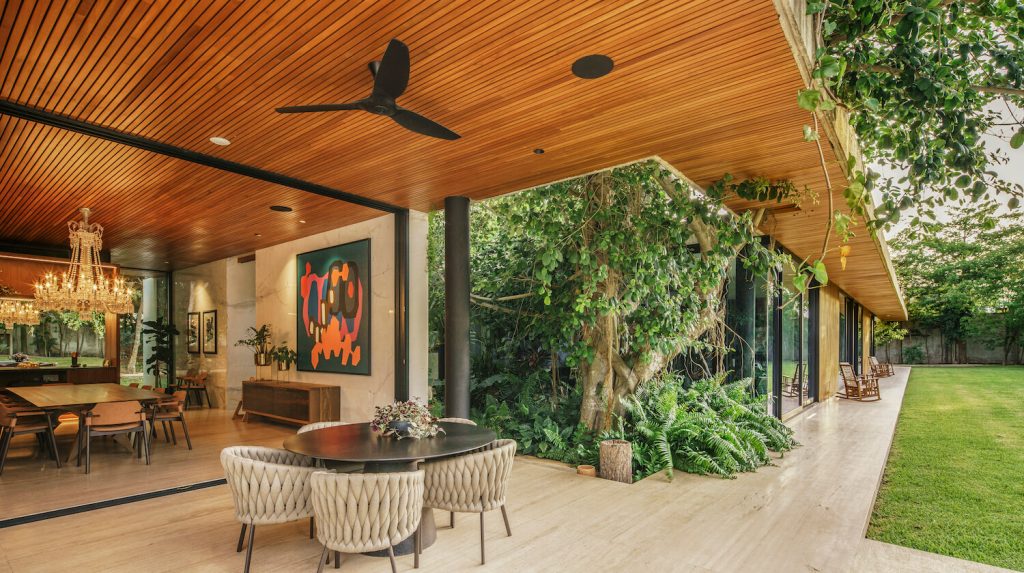How biophilic design uplifts your life
It turns out the hippies were right.
Surrounding yourself with natural materials and textures doesn’t just make you feel good in some sort of “cosmic sense”. The science is now in and it is irrefutable.
Numerous studies and reports confirm that when we surround ourselves with natural materials and natural textures, we are calmer, happier, more joyful.

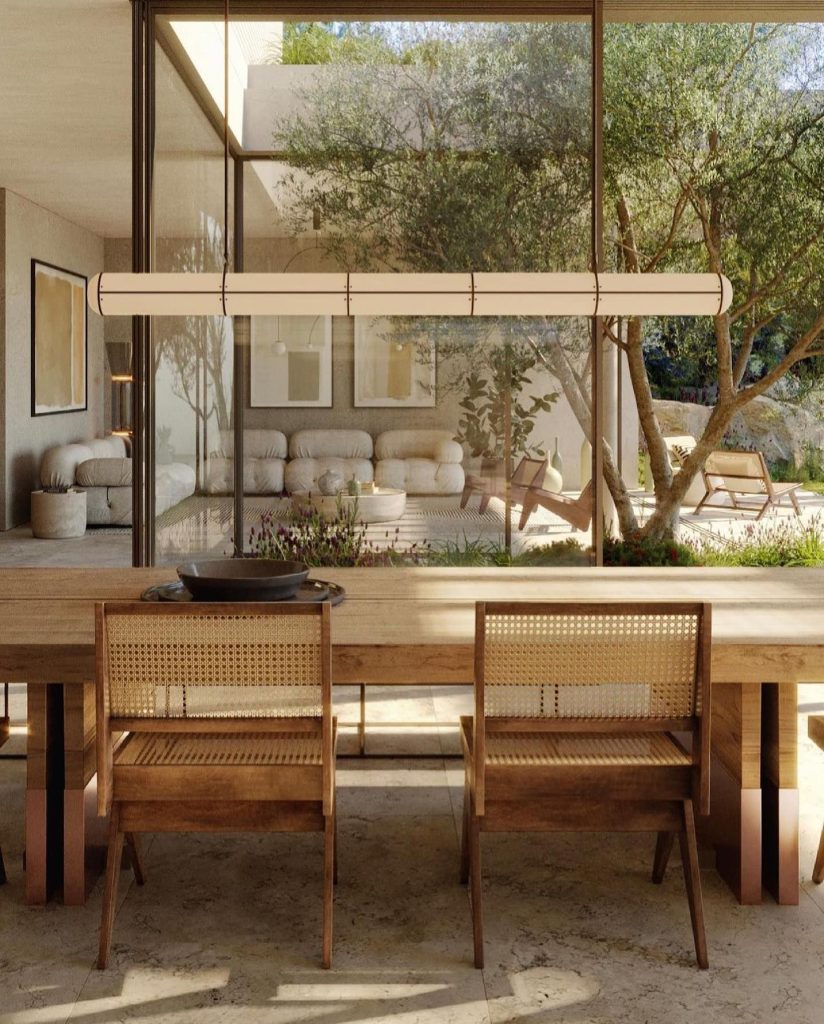
The science behind this is called “biophilia”, which simply means “love of life”. But more than that it is an expression of how we, as humans, have an affinity, or love, for other life forms.
We all know how invigorating it is to take a walk in the forest or a stroll along a beach. Being outside in nature, surrounded by all the elements of the natural world lifts our spirits and just makes us feel good.
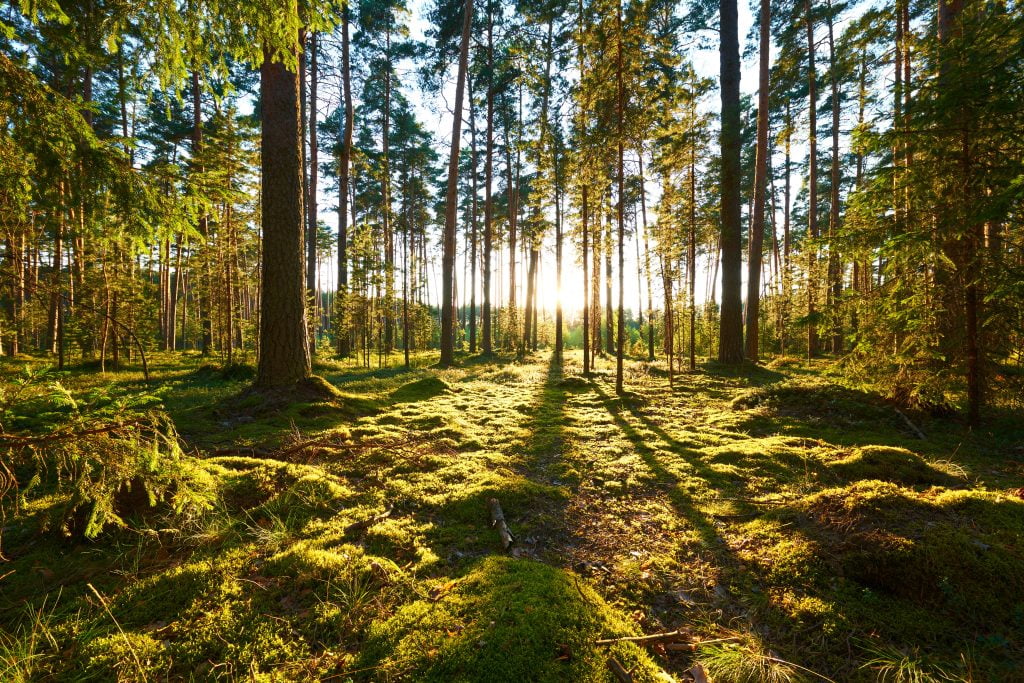
The sights, the sounds, the smells, the texture of nature, all combine to invigorate us, uplift us, make us feel good, not just physically but mentally and spiritually too.
It’s no surprise therefore that when we bring natural materials inside our homes, our offices, our places of leisure, that natural effect continues to work its magic on us.
Surrounding ourselves with natural materials, natural textures and finishes, even natural colours has a wonderful calming, soothing effect on us that works on many levels to bring us joy.
For example, we all know how lovely it feels in summer for our bare feet to land on a natural surface like bamboo flooring, instead of landing on a synthetic one. We can feel the beauty of nature through the soles of our feet, as if the bamboo has captured it and brought it into our home for us to enjoy.
We also feel it too when our hands reach out to touch a wall created from something grown by nature, not artificially synthesised by man.
The sensation is improved even more when that natural surface is textured in some way. Like the softness inherent in a bamboo panel wall or a rattan bedhead.
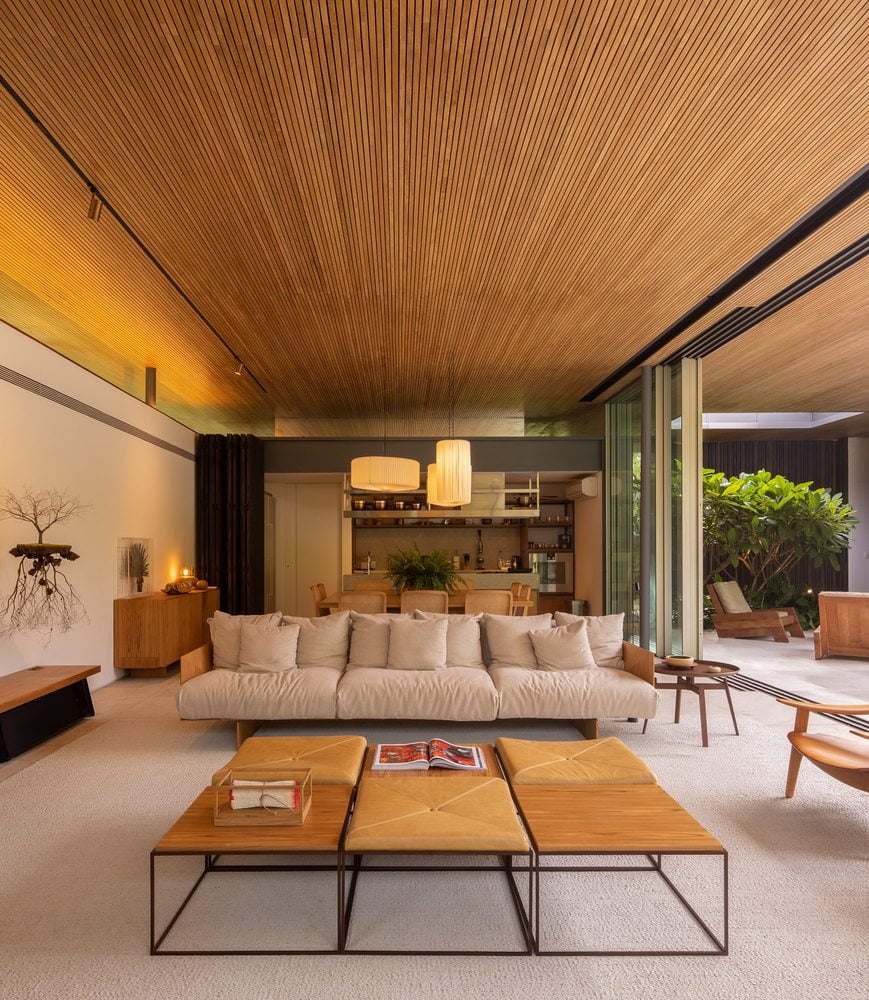
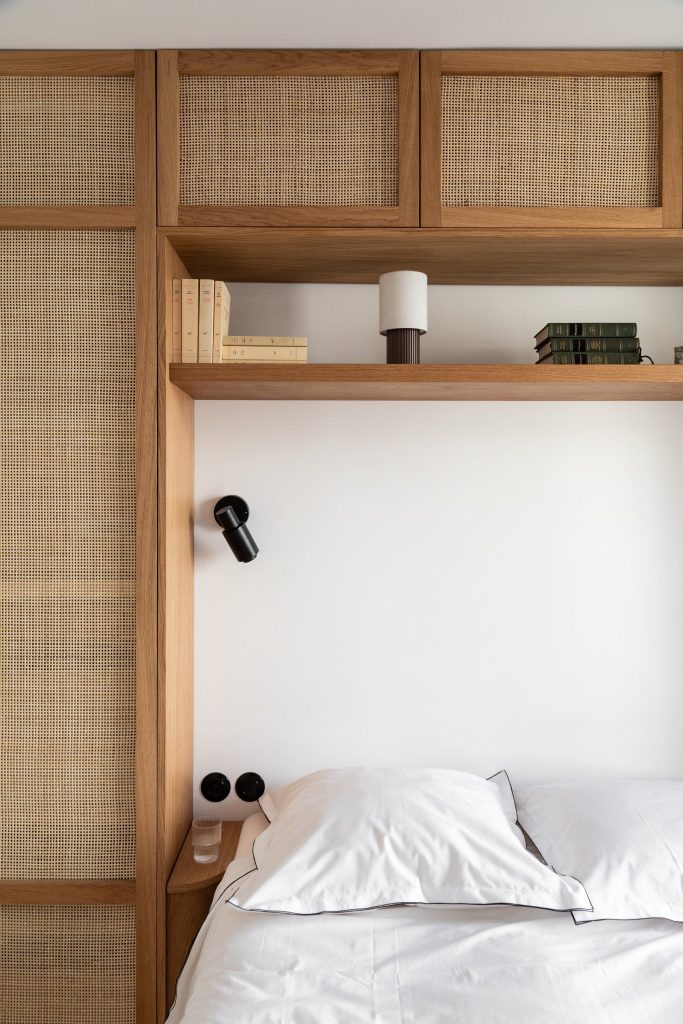
It extends beyond that. When we use the patterns and textures of nature in our interior design they too have a positive effect on us.
It seems that our mind prefer enjoys gazing at the organic, irregular colours and textures of nature that undulate, blend softly from one shade into another, without the hard, sharp edge of synthetic materials. It’s soothing and relaxing just to gaze upon them.
Take the natural grain inherent in bamboo for example. Wherever it is used, whether left it in its natural state as bamboo poles or engineering into a screen, fencing, ceiling or more.
Colour too is important. The colours of nature are more subtle, hues that cannot be replicated by synthetic materials. An infinity of subtle variations in shade, colour that call to us from the forests, beaches, hills, deserts, etc
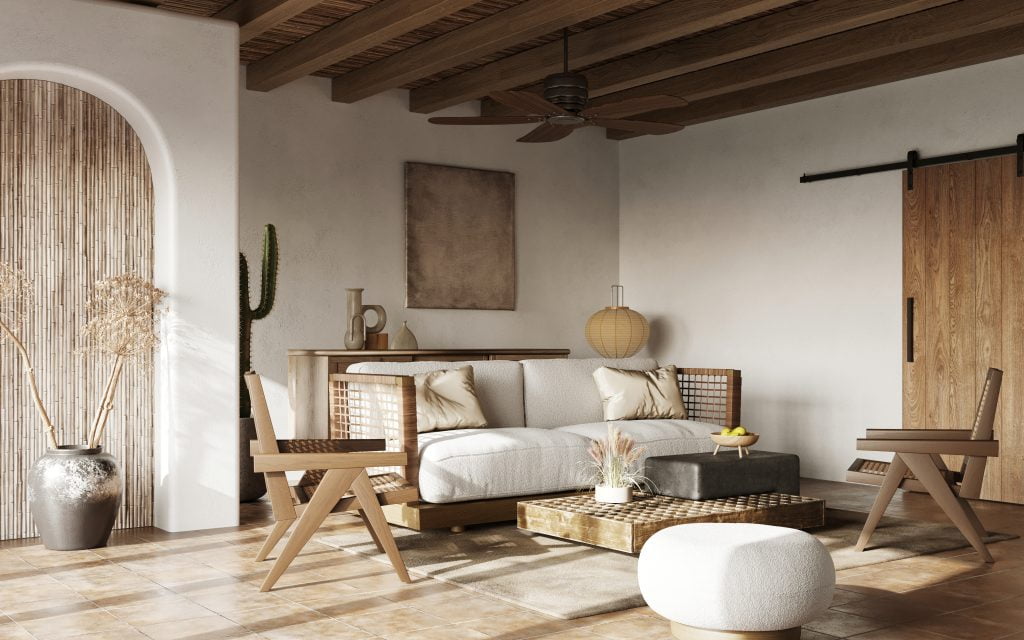
Biomorphic shapes are also pleasing, relaxing and can transport us to far-away places. It’s not too hard to look at something as simple as a stand of natural bamboo poles in your garden and imagine yourself far away in some tropical jungle, however fleeting the feeling might be.
Because that is what natural materials in our lives do. They transport us to places in nature in a way that man-made materials simply cannot.
Plants have always been part of biophilic design, even before the term was known or used. They have always had the ability to bring the outside world into our homes better than almost anything else. But plants too work their magic best when used in conjunction with other natural materials. Plants set against a synthetic background do not have the same effect on our psyche as plants set in and around other kindred natural materials.
Something as simple as a plant set in a bamboo pot conveys a more natural and serene feeling than one set in a plastic pot. But this is equally true of plants set against a rattan or open weave bamboo wall or panel inside.
What we see is another important part of biophilic design. The views that we gaze out on to, matter just as much as the views we look in on. To cast our eyes out over a natural landscape perhaps an alcove with a pond, water feature or fountain. (Running water is another element of biophilic design that seems to ground us.) But that alcove itself is enhanced if we use natural materials to create it, perhaps a bamboo feature wall or screen.
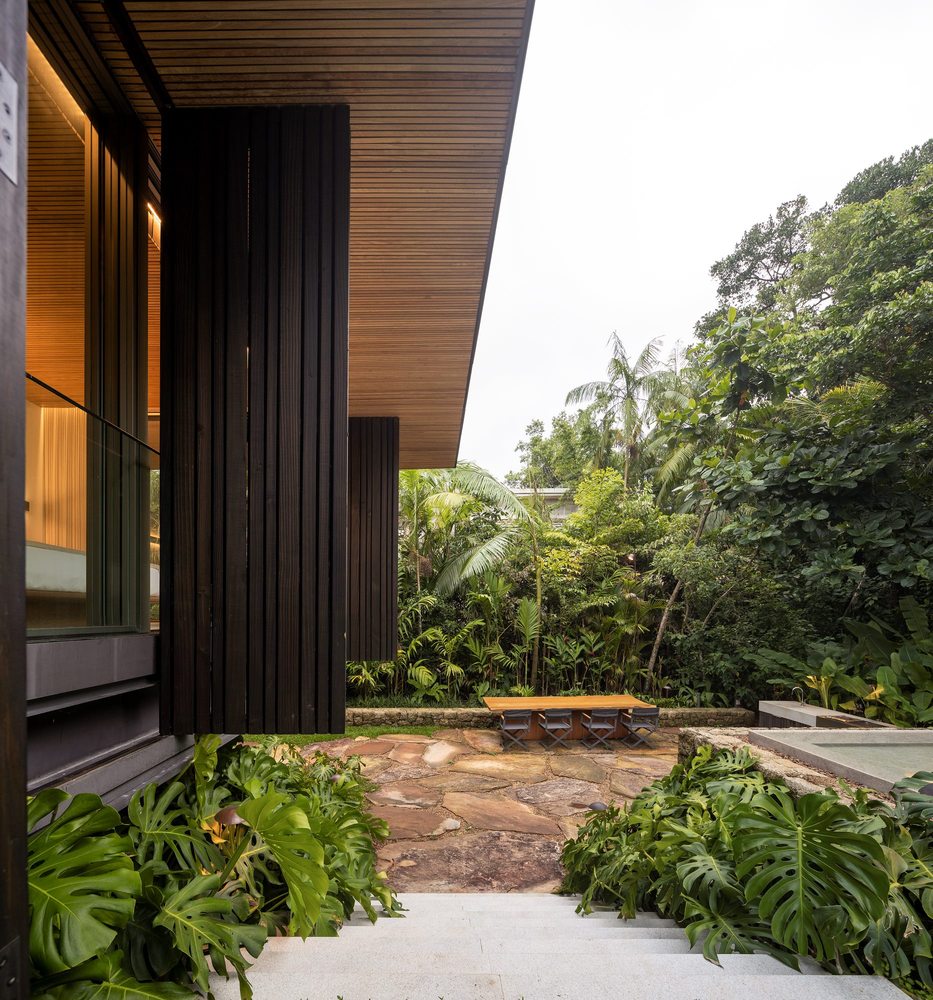
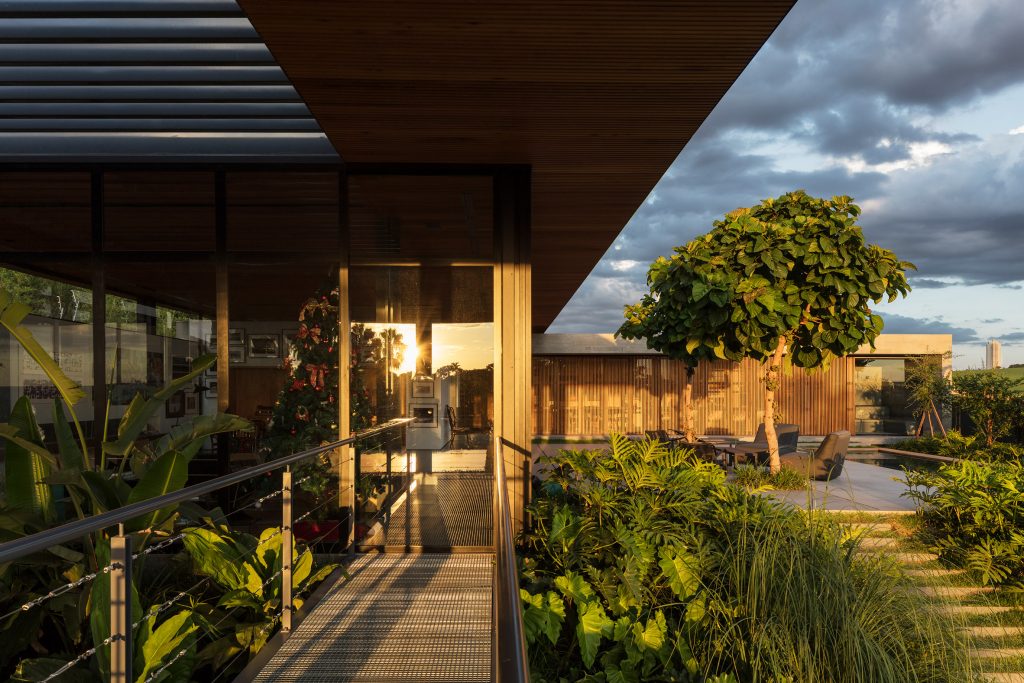
Sounds also play a role in biophilic design. What could be more simple, than a garden full of plants that attracts the song of the birds and the buzz of the bees. Who does not love the simple sound of wind rustling through the leaves or whistling through a stand of bamboo poles.
Never forget the aromas of nature too. Natural scents and aromas play their part in biophilic design. However subtle it may be, there is something exotic about the natural scent of bamboo & rattan. They both tells tales of the tropics and the orient.
It seems that nature too loves light and shadow, as we do. The interplay of darkness and light, never fixed to hard edges, but irregular and organic. The dappled light that falls through leaves is instantly relaxing, calming, soothing. It places you in nature. If you can do this too in your inner spaces, you will bring happiness inside.
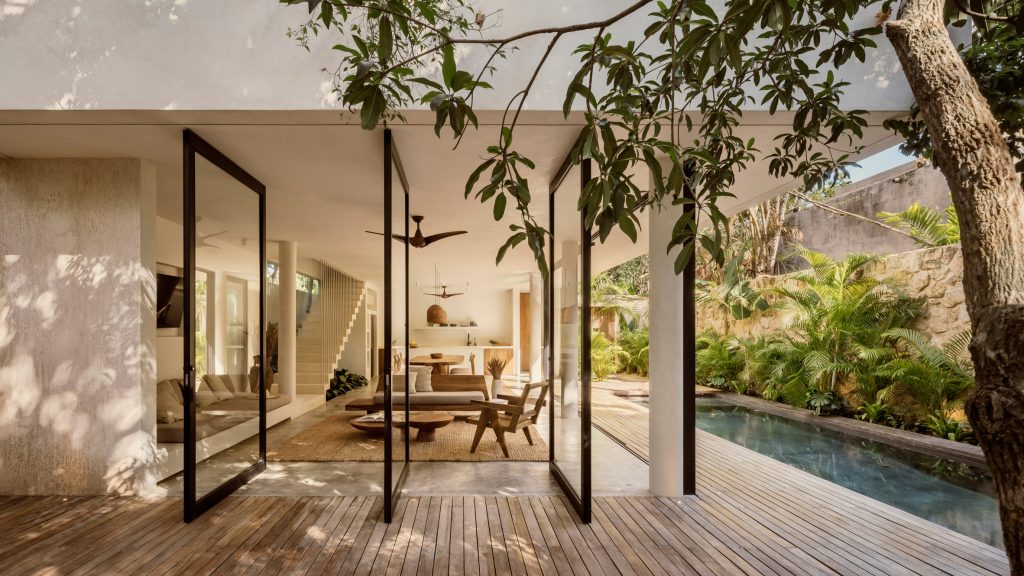
At House of Bamboo, we have always been “biophilics” (lovers of the natural world), before we even knew this term existed. This is true of everything we sell, from our natural/organic products like bamboo poles, panels, Natureed & Palm Fibre, to our textured/handmade products like rattan & cane webbing and woven bamboo panels, to our engineered/contemporary products like bamboo flooring, decking, to panels, veneers and even now construction grade bamboo.
We bring you all this, so that you can create a world around you based on biophilic design principles. And that will bring more joy into your life every day.
